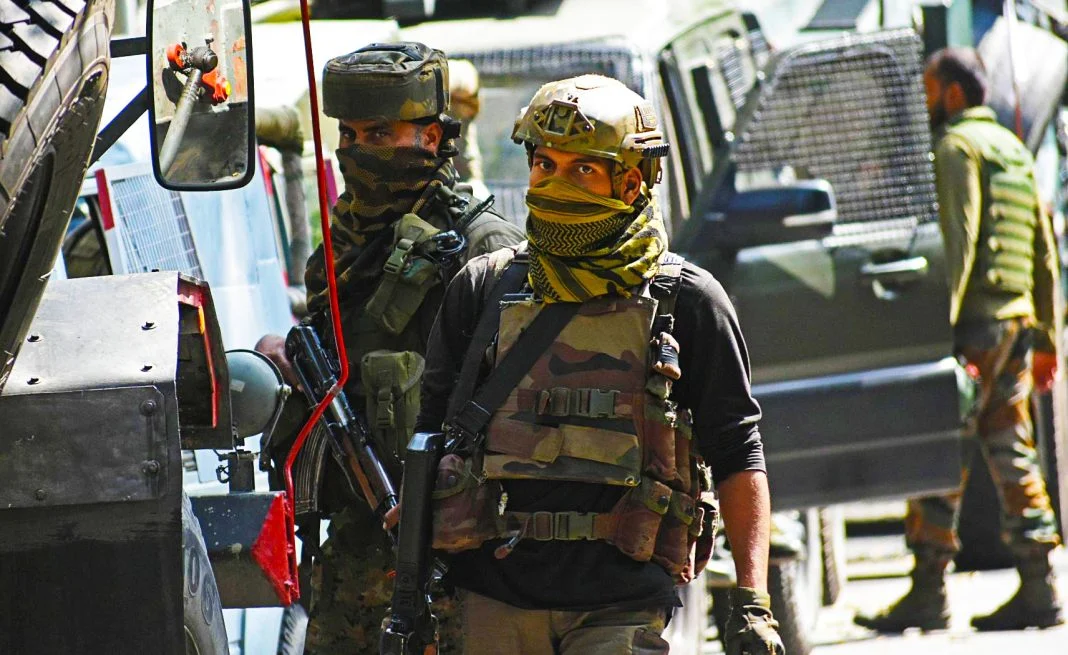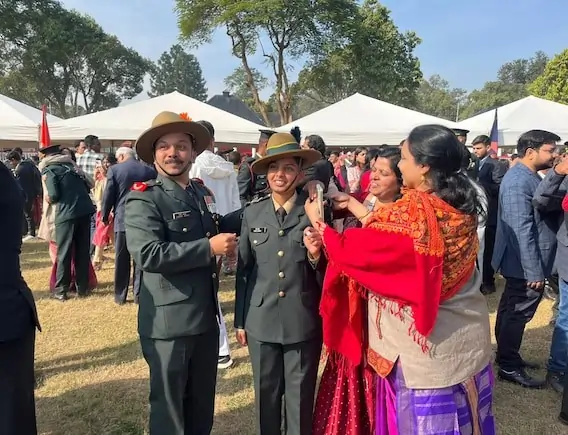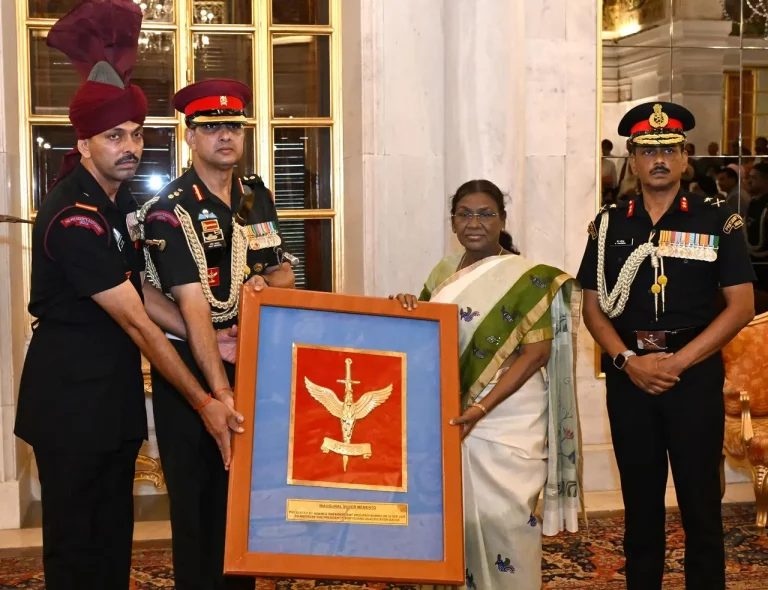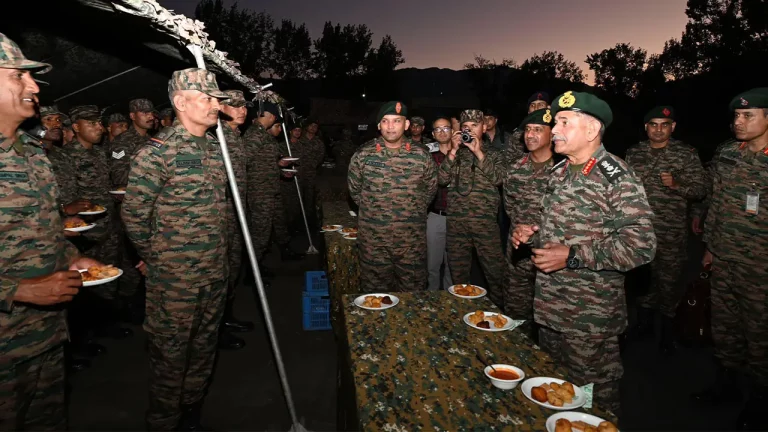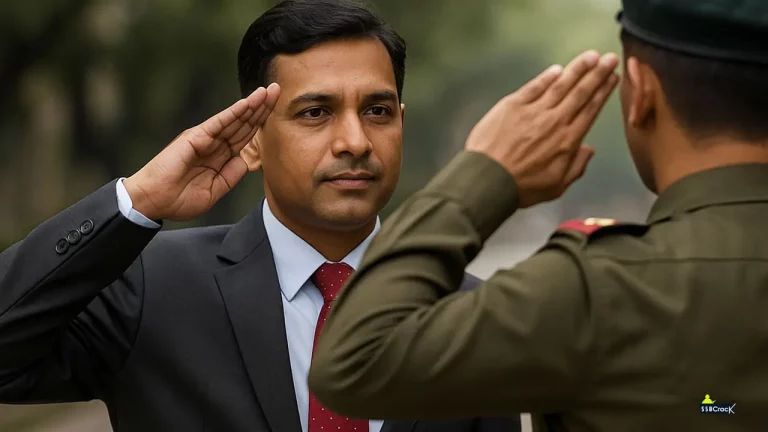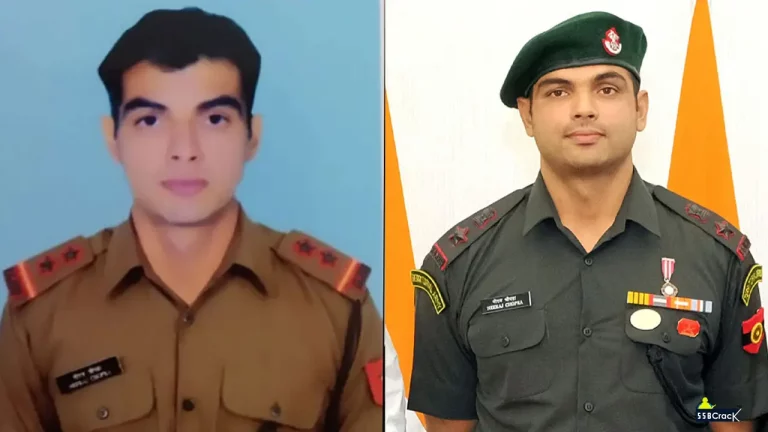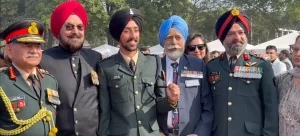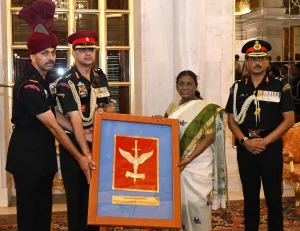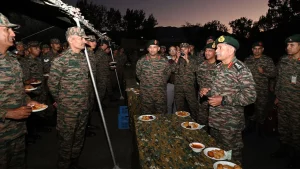The Para SF selection process is brutally selective. Only 2 out of 10 candidates make it through, with an 80% dropout rate. This makes it one of the world’s longest and toughest military training programs.
The German African Corps gave these elite commandos their nickname – the “Red Devils.” These warriors go through six months of intense training. They master specialized warfare techniques in urban areas, mountains, jungles, and deserts. The training program tests both physical and mental limits. Candidates must score 100% in physical fitness tests and 50% in written assessments.
The path to becoming a Para SF commando is challenging but straightforward. This piece outlines every step of your trip – from meeting simple eligibility requirements to earning the prestigious maroon beret that marks you as one of India’s elite special forces operators.
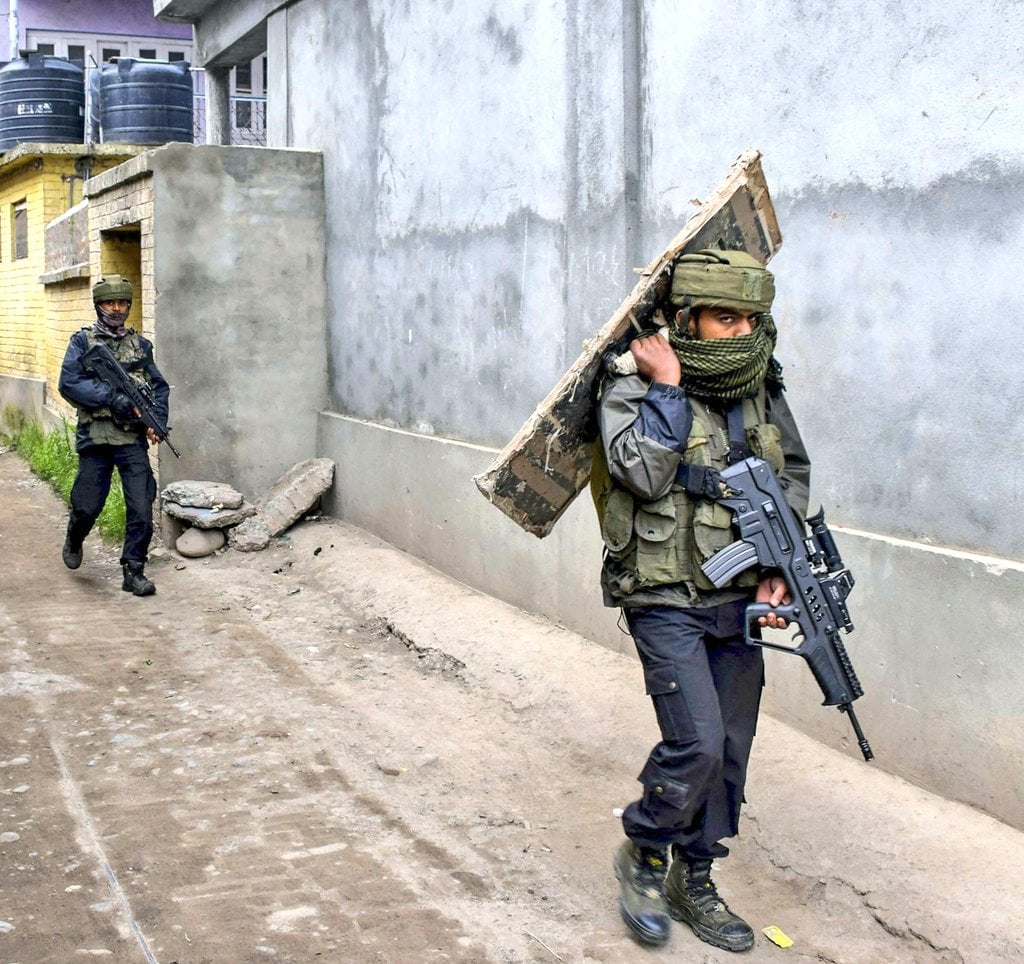
Understanding Para SF Requirements
Para Special Forces select their elite operators through strict standards. Candidates must meet specific requirements in several areas to begin their experience.
Simple Eligibility Criteria
We selected male candidates between 18-23 years of age for Para SF. They must be Indian citizens and unmarried. Height requirements vary based on service branch. Army and Navy ask for 157 cm, while Air Force candidates must be at least 162.5 cm tall. Each candidate should complete their 10th and 12th standard education.
Physical Fitness Standards
Physical assessment requires exceptional performance in multiple areas. Candidates should complete a 5000-meter run in 20 minutes or less. On top of that, they must meet these standards:
- 14 consecutive chin-ups
- 40 push-ups within 60 seconds
- 80 sit-ups in 2 minutes
- Shuttle run assessment
Each candidate must score 100% in physical fitness tests and achieve at least 50% marks in written assessments.
Also Read: All About PARA SF Special Forces of India Army
Medical Requirements
Para SF’s medical standards are complete and non-negotiable. Candidates must maintain SHAPE-1 medical category. Vision requirements allow power up to ±3.5, with specific post-LASIK parameters. These include -1 power, 26mm eyeball length, and 450 microns corneal thickness. So, candidates must wait one year after LASIK surgery before applying.
The candidate’s lungs, mediastinum, and pleurae should show no radiological evidence of disease. Mental strength is just as vital as physical fitness. Each candidate undergoes a full psychological evaluation during selection.
To begin with, it’s important to understand that there is no direct entry to become a PARA Special Forces commando. Many aspirants mistakenly believe that there is a separate recruitment process exclusively for the PARA SF. However, candidates who score 100% in the Physical Fitness Tests and secure at least 50% marks in the Written Test during regular Indian Army rallies may be given the opportunity to volunteer for the elite PARA regiment. Even then, they must undergo a rigorous selection process to qualify for the PARA Special Forces.
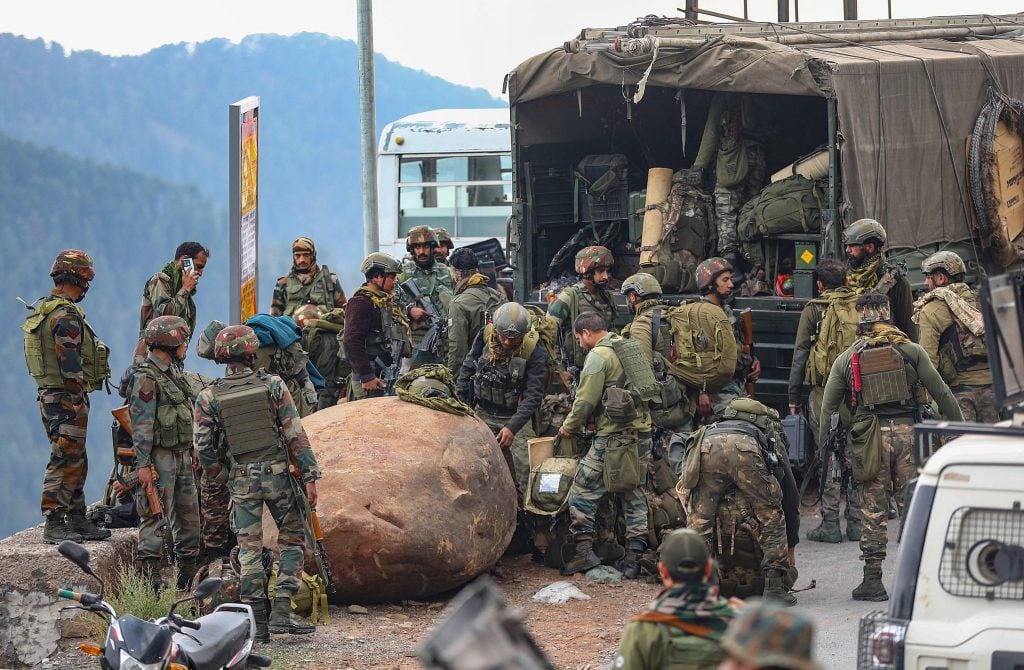
How to Join the Indian Army PARA SF as an Officer
- For Gentlemen Cadets of IMA and OTA (Pre-Commission):
Gentlemen Cadets (GCs) from the Indian Military Academy (IMA) and Officers Training Academy (OTA) can volunteer for the PARA Special Forces during their training. Each year, up to two officers per battalion are commissioned into the PARA SF. These officers are assigned a parent regiment by the Military Secretary’s (MS) Branch. Example: An OTA Chennai cadet in combat dress opting for PARA. - For Serving Officers in the Indian Army (Post-Commission):
Officers from all Arms and Services of the Indian Army can volunteer for the Parachute Regiment, provided they meet the following criteria:- Less than five years of service at the time of volunteering
- Medically fit under the SHAPE-I category
- Graded ‘EXCELLENT’ in the Battle Physical Efficiency Test (BPET)
The Balidaan Badge:
Only those officers and soldiers who successfully complete the rigorous probation and qualify for the Special Forces are entitled to wear the prestigious Balidaan Badge. This badge is a symbol of supreme sacrifice (Balidaan), representing the courage, dedication, and commitment of the elite forces.
Preparing for Para SF Selection
A well-laid-out approach over 6-12 months helps candidates prepare for Para SF selection. This complete preparation phase builds both physical capabilities and mental strength.
Building Physical Endurance
Physical preparation just needs a systematic training approach. We focused on building an aerobic foundation through 5-6 hours of weekly aerobic training that we managed to keep for at least 3 months. The training program covers:
- Long-distance runs (10-40 km with full battle gear)
- Combat swimming sessions
- Obstacle course navigation
- Weapons handling drills
- Extended load-bearing exercises
Proper nutrition and hydration are vital throughout the training period. Candidates should drink enough water, especially in hot weather. A taper-off period of 2-3 weeks before selection lets the body recover and solve any physical problems.
Mental Conditioning Tips
Mental preparation is as significant as physical training. Candidates should build resilience to handle sleep deprivation, limited food, and extreme stress. The selection process tests mental strength through challenges of all types. Candidates often work with no food for 4 days and just 1 liter of water over 3 days.
Candidates can build mental toughness by breaking down overwhelming tasks into smaller, manageable parts. This helps them stay focused during tough situations, especially when they have unknown distance marches or complex navigation scenarios.
Regular self-assessment and progress tracking should be part of the preparation phase. Candidates should record their workout details, including sets, reps, and weights to evaluate improvement objectively. Consistent training and mental conditioning help build the extraordinary physical fitness and psychological resilience needed for Para SF selection.
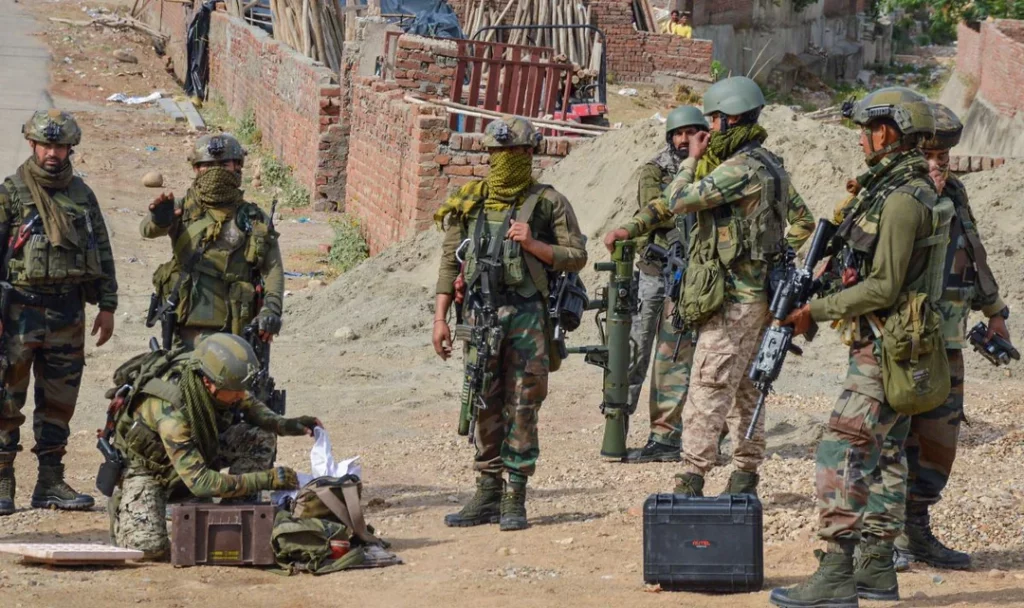
The Selection Process
The Para SF selection process happens twice a year during spring and autumn terms. We put candidates through a tough three-month selection phase that ranks among the world’s most challenging military assessments.
Original Screening Tests
The screening starts with specialized physical assessments. Candidates must run 5 kilometers in 20 minutes, do 14 chin-ups, complete 40 push-ups in 60 seconds, and finish 80 sit-ups in 2 minutes. Only candidates with perfect physical test scores and a minimum 50% in written assessments move forward.
Probation Period Challenges
The probation period lasts three to six months based on the specialized battalion. Each candidate’s rank gets stripped away to become a “probationer”. The challenges include:
- Surviving without food for 4 days
- Managing with 1 liter of water for 3 days
- Functioning without sleep for 7 days
- Completing speed marches spanning 10-40 kilometers with full battle gear
Final Assessment Phase
The final phase tests specialized warfare capabilities. Candidates undergo specific training based on their unit assignments. The 9 Para (SF) mountain warfare specialists complete a six-month course at the Special Forces Training School in Nahan. Desert warfare specialists face their own set of challenges in arid conditions.
The selection’s attrition rate stays between 90-95%, which means only 10% of candidates earn their place successfully. Successful probationers then advance to specialized training in weapons handling, communications, demolition, medical procedures, and navigation.
Para SF Training Journey
The Para SF training takes 3.5 years, making it one of the longest special forces training programs in the world. Candidates learn multiple specialized warfare skills and techniques during this intensive period.
Basic Airborne Course
Candidates start their training at the Parachute Training School (PTS) in Agra. They must complete a three-week basic parachute course. The course requires five successful parachute jumps – four during daylight and one at night with full battle equipment. Selected candidates then move on to specialized free-fall training and must complete 50 jumps from altitudes up to 33,500 feet.
Special Forces Training
The Special Forces Training School (SFTS) in Nahan, Himachal Pradesh serves as the main training ground. Beyond simple combat skills, trainees become skilled at:
- Advanced weapons handling and sniping
- Demolitions and combat survival
- First aid and trauma management
- Communication and language skills
- Unarmed combat and PTKE martial arts
Operators train for a variety of terrains instead of focusing on a single environment. They complete their combat diving training at the Naval Diving School in Kochi. The training gives them expertise in both High Altitude Low Opening (HALO) and High Altitude High Opening (HAHO) techniques.
Earning the Maroon Beret
The maroon beret stands apart from regular military honors and symbolizes exceptional achievement in airborne operations. Candidates must prove their mastery in airborne assault, deep penetration, and special operations before earning this coveted symbol. The beret represents not just technical proficiency but also the warrior spirit and steadfast dedication to the Para SF brotherhood.
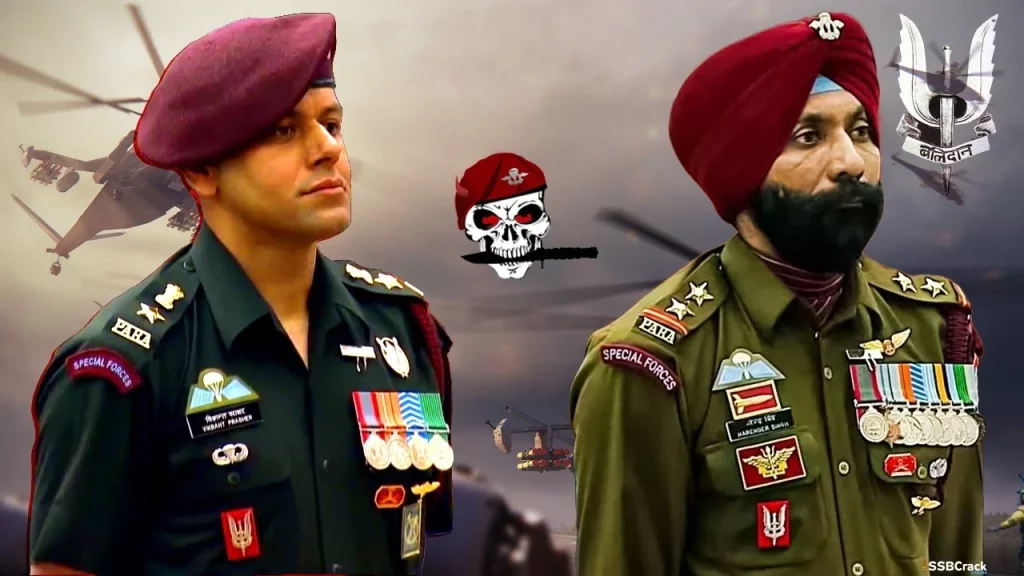
The training focuses on real-life applications. Operators learn to conduct operations in small six-man teams. These elite units excel in reconnaissance, surveillance, target designation, and hostage rescue operations.
Becoming a Para SF commando ranks among the toughest challenges in military special operations worldwide. These elite warriors go through an intense training that pushes their physical, mental and tactical limits to the extreme.
The path to success needs exceptional dedication at every step. Candidates must meet strict eligibility criteria and become skilled at specialized warfare techniques. Their steadfast dedication shows during the brutal selection process. The 80% dropout rate means only the toughest make it through.
The maroon beret means much more than completing training. It marks entry into an elite brotherhood of warriors who have proven themselves on mountain peaks, desert dunes, city streets and ocean floors. Those who complete this demanding 3.5-year trip transform into India’s finest special operations force, ready to protect their nation’s interests anywhere, anytime.
FAQs
Q1. What are the basic eligibility requirements to join Para SF?
Candidates must be male Indian citizens between 18-23 years old, unmarried, and have completed 10th and 12th standard education. Height requirements vary by service branch, with a minimum of 157 cm for Army and Navy, and 162.5 cm for Air Force.
Q2. How physically fit do I need to be for Para SF selection?
Para SF selection demands exceptional physical fitness. Candidates must complete a 5000-meter run in 20 minutes or less, perform 14 consecutive chin-ups, 40 push-ups in 60 seconds, and 80 sit-ups in 2 minutes. A 100% score in physical fitness tests is mandatory.
Q3. What does the Para SF selection process involve?
The selection process includes initial screening tests, a 3-6 month probation period, and a final assessment phase. Candidates face extreme challenges like surviving without food for 4 days, managing with 1 liter of water for 3 days, and completing long-distance marches with full battle gear.
Q4. How long does Para SF training last?
The complete Para SF training journey spans approximately 3.5 years, making it one of the longest special forces training programs worldwide. It includes a basic airborne course, specialized warfare training, and mastering various combat skills across different terrains.
Q5. What does earning the maroon beret signify?
The maroon beret symbolizes exceptional achievement in airborne operations and represents mastery in airborne assault, deep penetration, and special operations. It’s a coveted symbol of the Para SF, representing not just technical proficiency but also the warrior spirit and unwavering dedication to the Para SF brotherhood.
